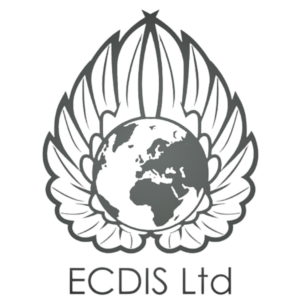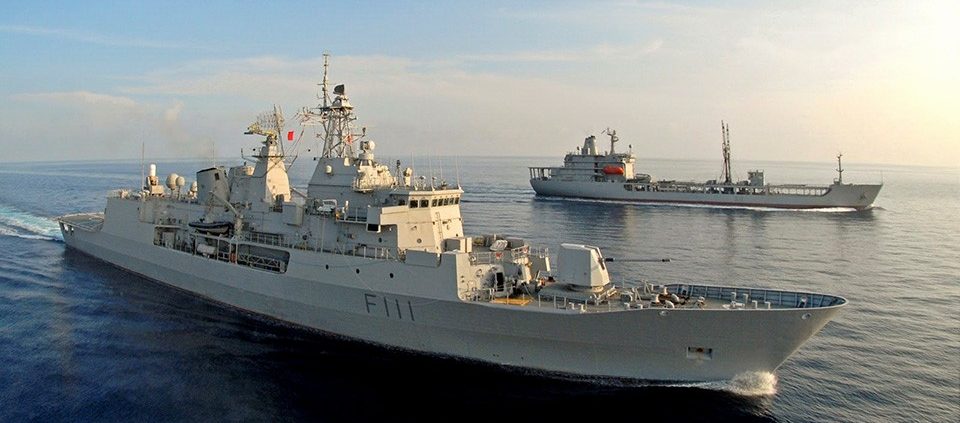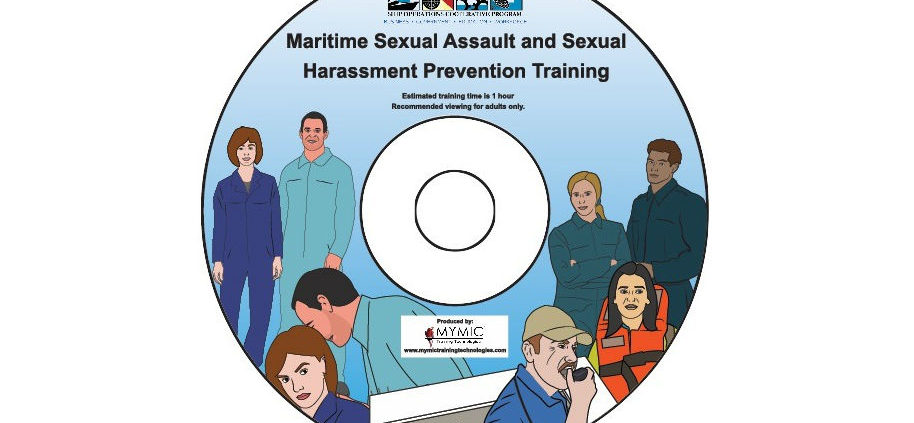Ship owners, managers, and operators should aim for training excellence, rather than just attaining the minimum standards required, and use training as a key tool for attracting and retaining high-calibre seafarers in a competitive market, according to Mark Woodhead, KVH Videotel senior vice president EMEA, who spoke at CrewConnect Global, in Manila, today.
“Training needs to be part of a shipping company’s DNA,” Mr. Woodhead said, “and as our seafarers embrace the shift towards continuous learning, we need to develop cultures that support and demand it.”
In the ever-changing and highly regulated shipping industry, continuous learning is needed to avoid incidents and accidents that could lead to costly delays, fines for non-compliance, asset damage, or, more seriously, loss of life. “Talk is cheap but accidents aren’t,” Mr. Woodhead said. “With new training techniques and technologies, seafarers are engaged and motivated to learn.”
Mr. Woodhead advised that one of the key ways to build loyalty amongst crew is offering quality training programmes to incentivise and motivate personnel and attract the younger generation to consider a career in the maritime industry. Shipping offers a structured career path, unlike many jobs available today, and continuous training and development are integral to improving skills and standards. He also urged ship owners and managers to take advantage of the international standards of the highly regulated shipping industry to provide the training that can drive up performance and reduce accidents and claims.
The demands levied on the industry by charterers is also another consideration for operators, in Mr. Woodhead’s opinion, as the analysis of vessel performance becomes more accessible through improved data analytics. He expects performance and crew competence to become increasingly transparent, bringing high-quality training into the spotlight.
KVH Videotel offers training courses and modules available onboard, onshore, and online so they can be accessed anywhere at any time to suit the needs of the trainee. The company has embraced new technology including virtual reality and gamification to make its training relevant and engaging to young seafarers working their way through the ranks. In September, the company launched Videotel Performance Manager, a maritime training solution combining content and web-based data analytics.
Source: KVH Videotel





